Archives
- 2025-12
- 2025-11
- 2025-10
- 2025-09
- 2025-03
- 2025-02
- 2025-01
- 2024-12
- 2024-11
- 2024-10
- 2024-09
- 2024-08
- 2024-07
- 2024-06
- 2024-05
- 2024-04
- 2024-03
- 2024-02
- 2024-01
- 2023-12
- 2023-11
- 2023-10
- 2023-09
- 2023-08
- 2023-06
- 2023-05
- 2023-04
- 2023-03
- 2023-02
- 2023-01
- 2022-12
- 2022-11
- 2022-10
- 2022-09
- 2022-08
- 2022-07
- 2022-06
- 2022-05
- 2022-04
- 2022-03
- 2022-02
- 2022-01
- 2021-12
- 2021-11
- 2021-10
- 2021-09
- 2021-08
- 2021-07
- 2021-06
- 2021-05
- 2021-04
- 2021-03
- 2021-02
- 2021-01
- 2020-12
- 2020-11
- 2020-10
- 2020-09
- 2020-08
- 2020-07
- 2020-06
- 2020-05
- 2020-04
- 2020-03
- 2020-02
- 2020-01
- 2019-12
- 2019-11
- 2019-10
- 2019-09
- 2019-08
- 2018-07
-
Recent studies demonstrated that AHR has an important role
2025-02-24
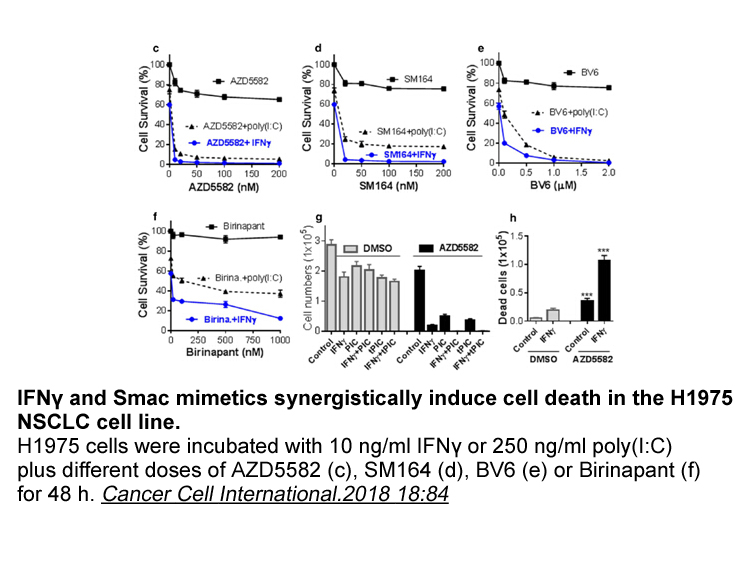
Recent studies demonstrated that AHR has an important role in the interplay between cancer metabolism and tumor-specific immunity. Tryptophan catabolism is increasingly recognized as a metabolic pathway that promotes tumorigenesis through its role in immune suppression [75]. The rate-limiting enzyme
-
Implicit in this concept is the idea that the
2025-02-24
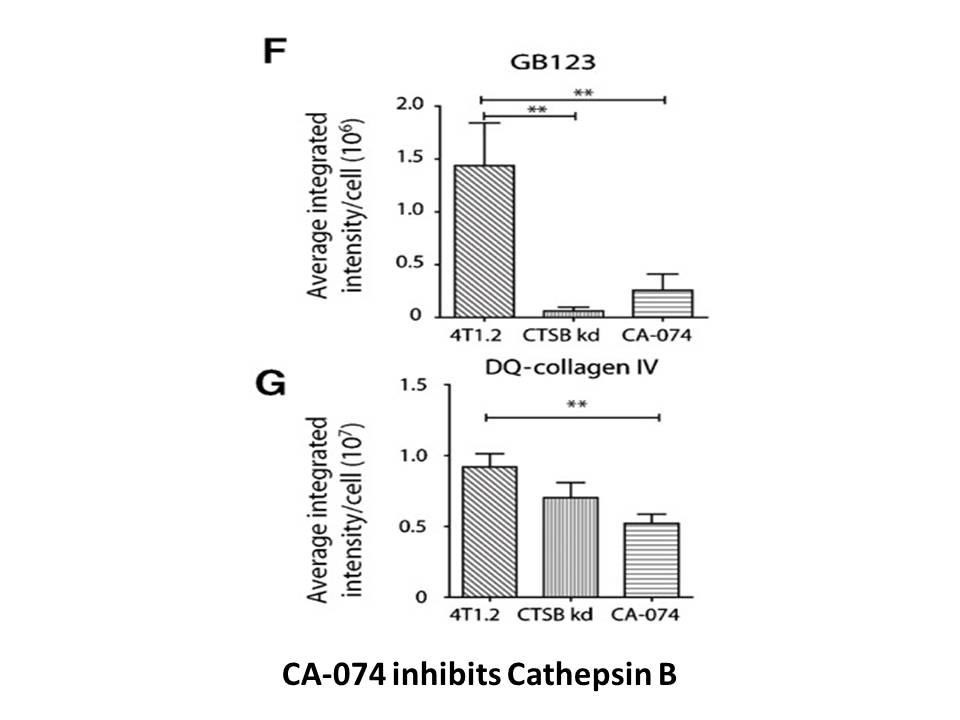
Implicit in this concept is the idea that the β-adrenoceptors in the detrusor would be activated by adrenergic nerves of the sympathetic system: sympathetic activity promoting relaxation and enhancing bladder capacity. However, it has been demonstrated that there is only a sparse adrenergic innervat
-
Preclinical models indicate roles for adiponectin
2025-02-24
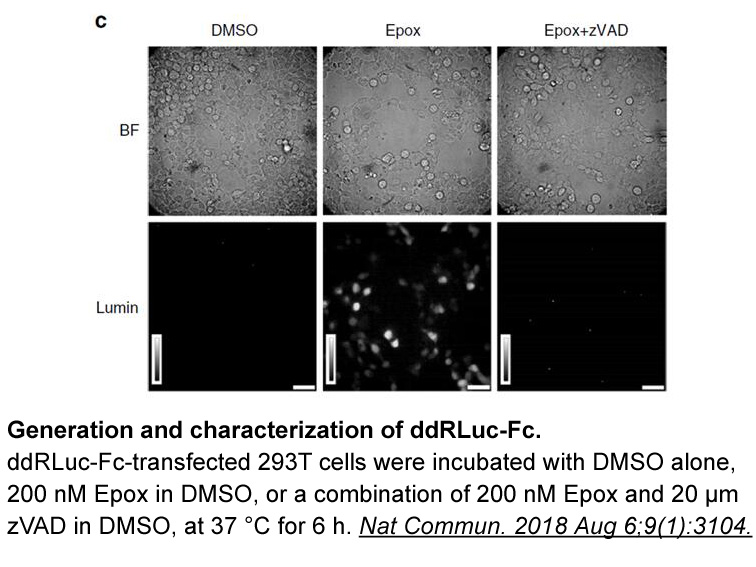
Preclinical models indicate roles for adiponectin in the maintenance of hepatic lipid metabolism. Adiponectin overexpression prevents accumulation of triglycerides or the deleterious lipid metabolites diacylglycerols or ceramides [5,8]. Direct manipulation of adiponectin expression demonstrates a po
-
br Conflict of interest br Financial support
2025-02-21
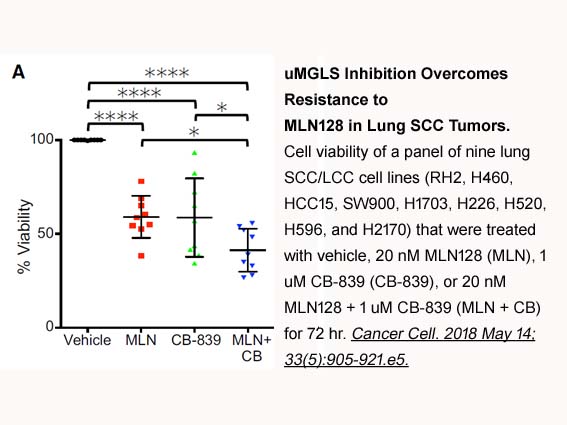
Conflict of interest Financial support Acknowledgments This work was supported by the Japanese Millennium project. We thank all members of the Center for Genomic Medicine of RIKEN and Dainippon-Sumitomo Pharma Co., Ltd. for supporting this study. We are also grateful to members of the Hiros
-
In this study we make
2025-02-21
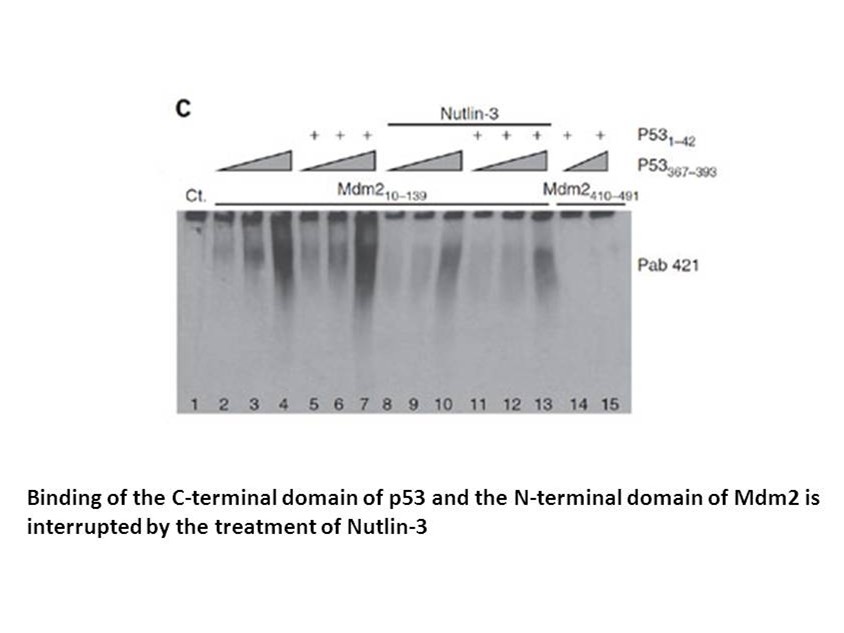
In this study, we make the first simultaneous recordings of Darifenacin HBr release in multiple brain regions at a temporal resolution less than 1 s. One of the most striking findings is that acetylcholine release has a remarkably similar temporal profile in the mPFC and dHPC, suggesting a coordina
-
br Dihydrotestosterone in adult fish and frogs br New perspe
2025-02-21
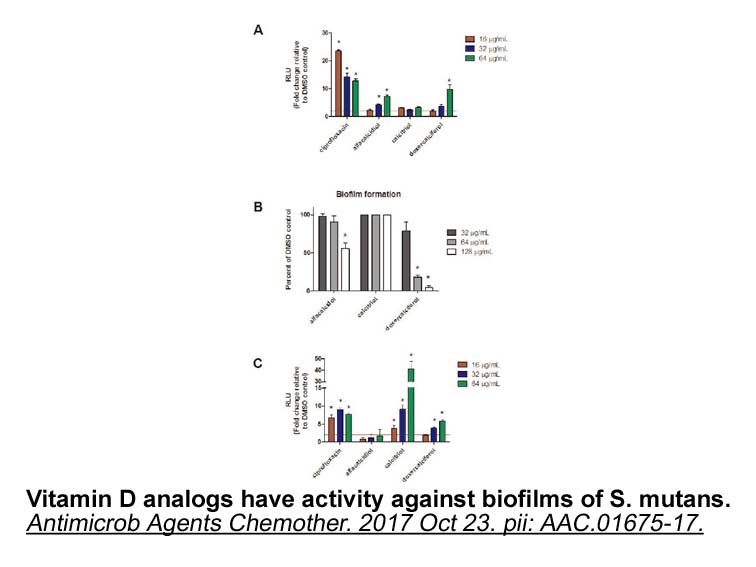
Dihydrotestosterone in adult fish and frogs New perspectives and next directions Similar to other androgens, DHT can modulate reproductive endpoints in both fish and amphibians. However, predicting the effects of DHT can be challenging, as reproductive homeostasis is dependent upon the balance
-
br Conflict of interest br Acknowledgments
2025-02-21
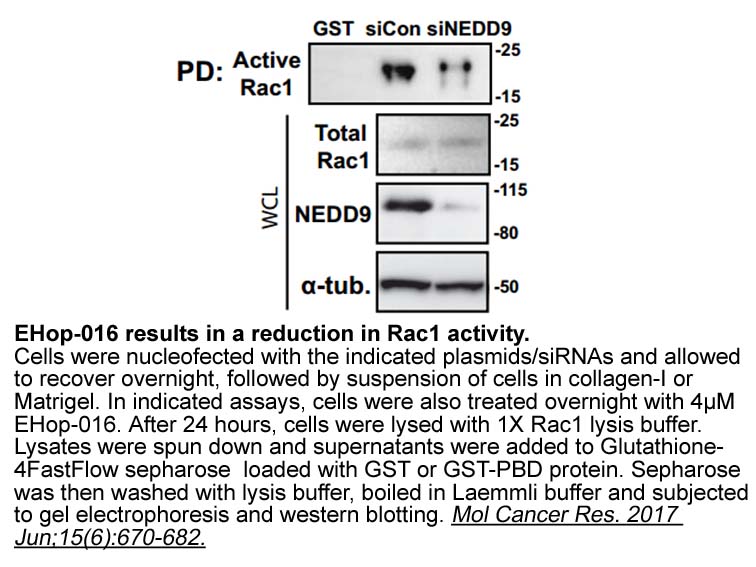
Conflict of interest Acknowledgments This work was been partially supported by the following grants: C.I.S.I.A. project (Innovazione e Sviluppo del Mezzogiorno—Conoscenze Integrate per Sostenibilità ed Innovazione del Made in Italy Agroalimentare—Legge 191/2009) from the Italian Ministry of E
-
br Conclusions br Author declaration
2025-02-21
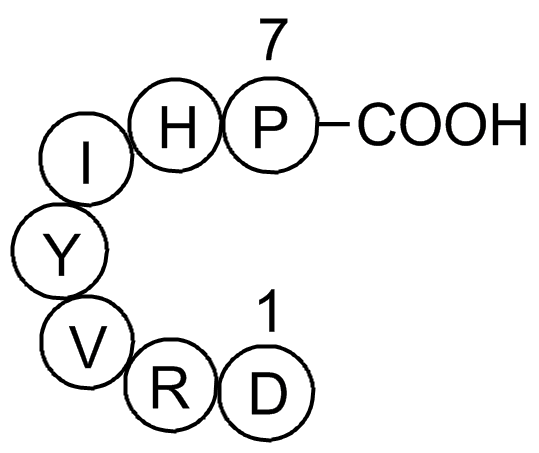
Conclusions Author declaration Acknowledgements Introduction ASK1 scaffolding proteins ASK1 adaptor proteins Conclusions Scaffolding and adaptor proteins can coordinate the specific activation of a MAP3K-MAP2K-MAPK pathway in response to various stimuli. For example, both vorapa
-
br Conflict of interest br Acknowledgements br Introduction
2025-02-21
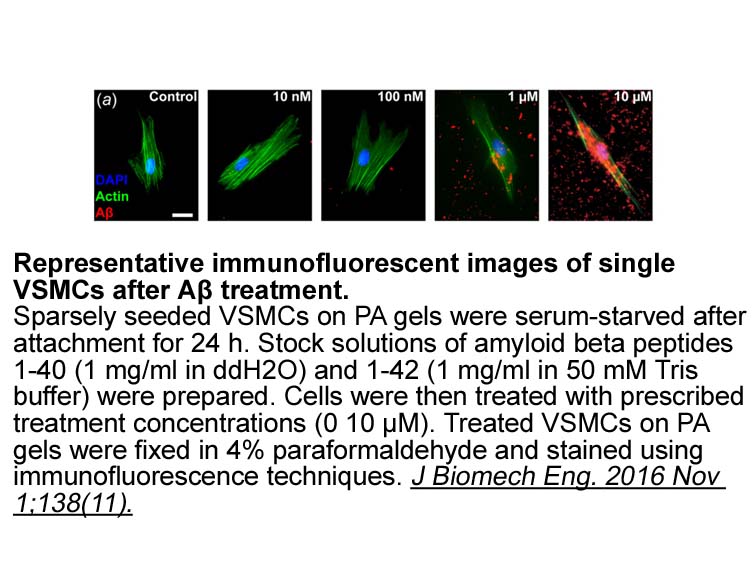
Conflict of interest Acknowledgements Introduction The mitogen-activated protein kinase (MAPK) pathway is an important intracellular signaling system that regulates diverse cellular functions, such as proliferation, differentiation, and apoptosis [1]. Apoptosis signal-regulating kinase 1 (A
-
br Concluding remarks br Definition
2025-02-21
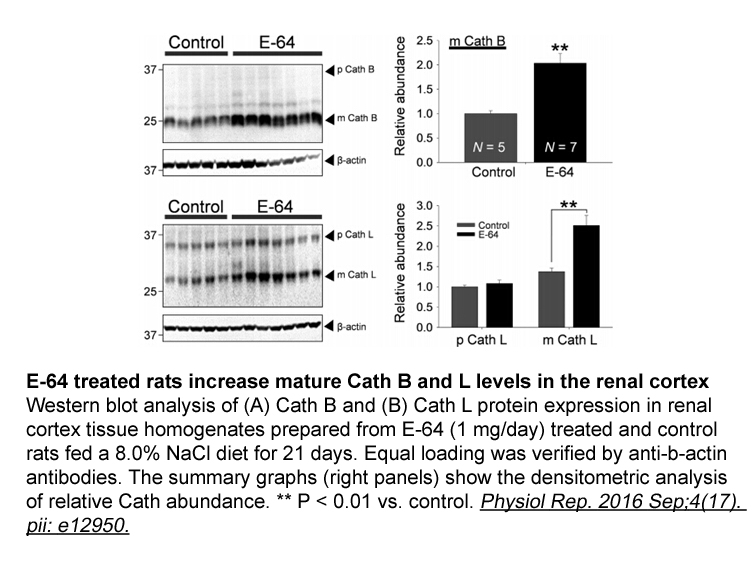
Concluding remarks Definition Prion diseases are fatal neurodegenerative disorders that are caused by an unconventional agent that is neither bacterial nor viral, but is in essence an infectious misfolded amyloidogenic protein, termed a prion (Prusiner, 1982). Once considered highly controvers
-
It was deduced empirically that the helix
2025-02-21

It was deduced empirically that the helix direction of the COOC torsion might relate to the sign of the peroxide Cotton effect. Huang reported ab initio calculation of the peroxide bond using MRDCI method and DZP basis set, but only the fragment CH3OOCH3 instead of full molecule was studied [19]. Si
-
br Acknowledgement Work in the
2025-02-21
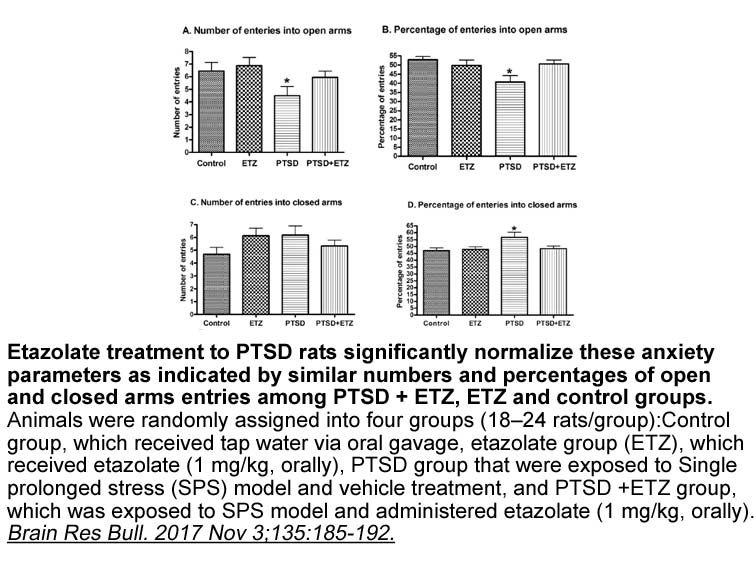
Acknowledgement Work in the McEwan Laboratory is funded by the Chief Scientist Office of Scottish Government: Grants ETM-258 and ETM-382. BE is supported by an Erasmus scholarship (D -JENA01). Introduction The equine placenta is a noninvasive transient organ, classified as diffuse and epithel
-
Glu Gln Asp and Asn the main amino acids presented
2025-02-20
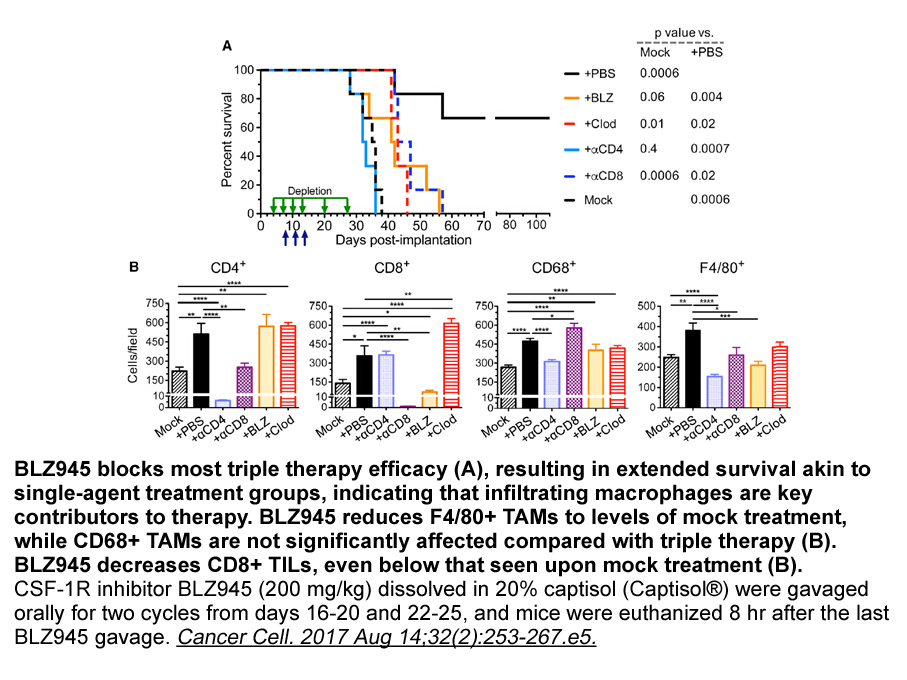
Glu, Gln, Asp, and Asn, the main 74 9 synthesis presented in the present study, are involved in nitrogen assimilation and transport processes within the plants. Furthermore, they are used to build up reserves during periods of nitrogen availability for subsequent use in growth, defense, and reprodu
-
br Conflict of interest statement br Acknowledgements We
2025-02-20
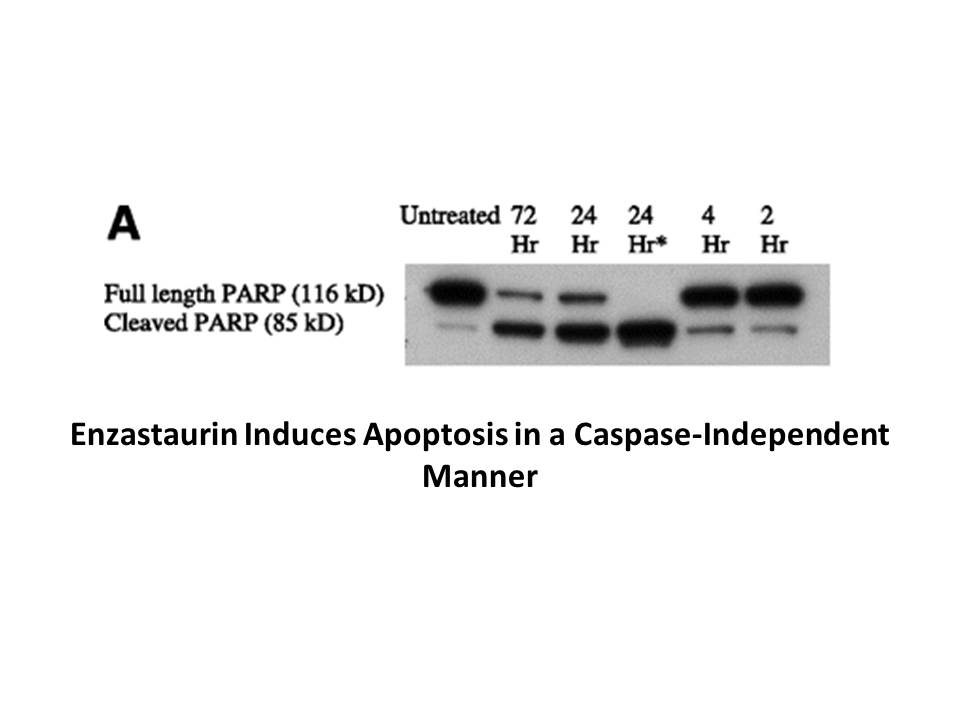
Conflict of interest statement Acknowledgements We are very grateful to Maura Agate for her excellent editorial assistance. The work reported in this article was supported largely by the Italian MIUR. Introduction Atenolol is a selective β1-adrenergic receptor blocker that is orally effect
-
In a recent series of studies from our laboratory
2025-02-20
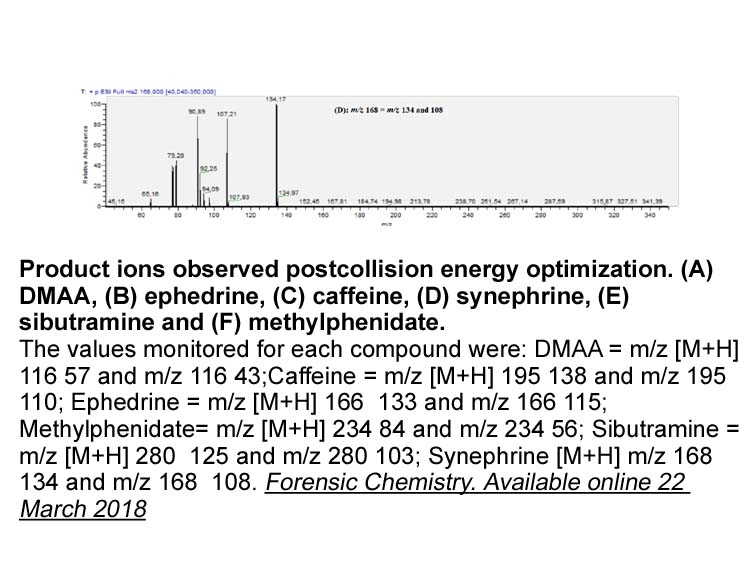
In a recent series of studies from our laboratory, to characterize the contractile systems within the rat phenethyl wall, three conditions were identified that led to detrusor activity: spontaneous micro-contractions, electrical field stimulated (EFS) contractions and muscarinic agonist induced con
14171 records 12/945 page Previous Next First page 上5页 1112131415 下5页 Last page